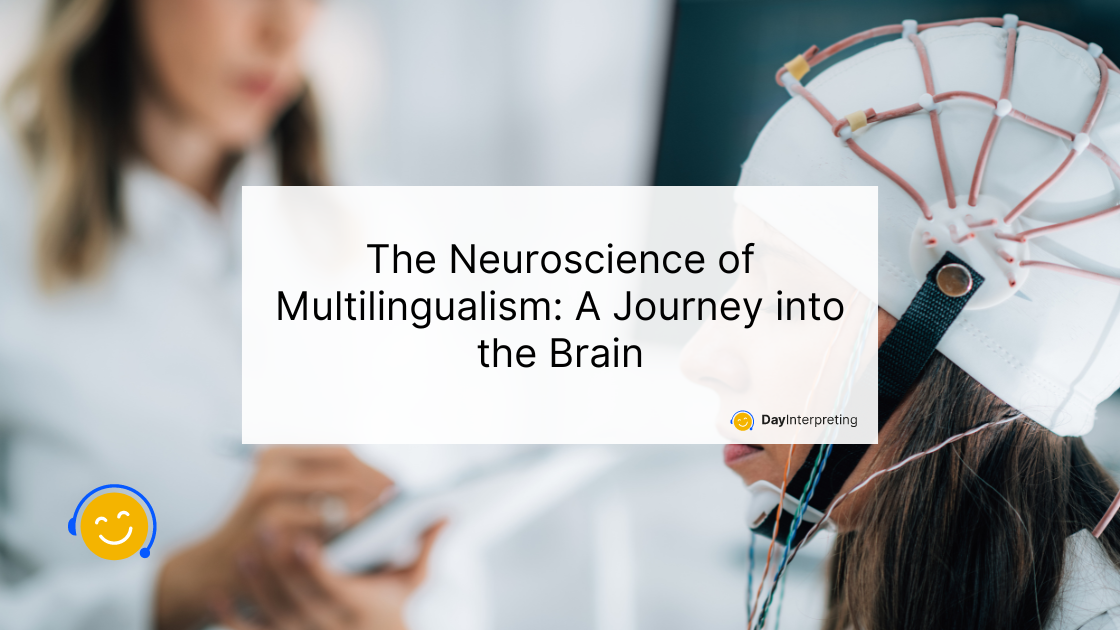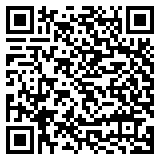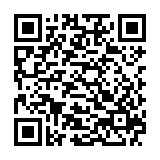Welcome, curious minds, to the fascinating world of multilingual communication! In this adventure, we’ll dive into the incredible realm of the neuroscience of multilingualism and explore how our brains manage the complex task of speaking and understanding multiple languages. If you’ve ever wondered how interpreters effortlessly switch between languages, you’re in for a treat as we uncover the secrets hidden within the folds of our gray matter.
Exploring the Neuroscience of Multilingualism
Our brains are like nimble gymnasts, performing linguistic somersaults as we navigate through the maze of languages. The amazing part? The brain doesn’t just have one language center but multiple, working together like a well-choreographed dance. When we switch between languages, these centers collaborate seamlessly, showcasing the brain’s linguistic prowess.
The Bilingual Advantage
Did you know that being multilingual comes with its own set of perks? Studies have shown that bilingual individuals have enhanced cognitive abilities, improved problem-solving skills, and even a resistance to age-related cognitive decline. It’s like having a superhero brain that can leap from one language to another with ease!
Neural Acrobatics in Action
Imagine your brain as a dynamic circus, with different areas lighting up when you engage with different languages. When you hear or speak a language, neurons in the auditory and speech centers join the performance. For interpreters, this means their brains are constantly orchestrating a symphony of neural activity as they effortlessly switch between languages.
The Wonders of Synaptic Connections in Multilingualism
In the brain’s bustling city of neurons, synapses act as the bridges connecting information. When we learn a new language, these synapses strengthen, creating neural highways for efficient communication. Interpreters, with their well-established linguistic pathways, navigate these highways like seasoned travelers, making split-second decisions in the blink of an eye.
Code-Switching: The Brain’s Linguistic Ballet
Have you ever noticed someone seamlessly blending two languages in a conversation? That’s called code-switching, and it’s like a linguistic ballet for the brain. Interpreters are masterful dancers, effortlessly transitioning between languages while maintaining the rhythm and flow of communication.
The Emotional Power of Language
Languages are not just tools for communication; they’re vessels for emotions. The brain’s limbic system, responsible for emotions, plays a crucial role in language processing. Interpreters, with their finely tuned emotional intelligence, not only convey words but also capture the nuances of feelings, ensuring a genuine connection between speakers.
Challenges and Rewards of Multilingualism
While the brain is a linguistic maestro, juggling multiple languages isn’t without its challenges. Interpreters face the demanding task of maintaining accuracy, context, and cultural nuances. Yet, the rewards are immense – the joy of facilitating communication, breaking down language barriers, and fostering understanding across diverse communities.
Final Thoughts
As we conclude our journey into the neuroscience of multilingualism, marvel at the intricate dance of neurons, the synaptic highways, and the emotional resonance of languages. Interpreters, armed with the knowledge of the brain’s linguistic wonders, stand as bridge builders, connecting people across the vast landscape of diverse languages. So, the next time you witness the magic of multilingual communication, remember the incredible neural symphony happening behind the scenes in the brain’s extraordinary theater of language.





0 Comments